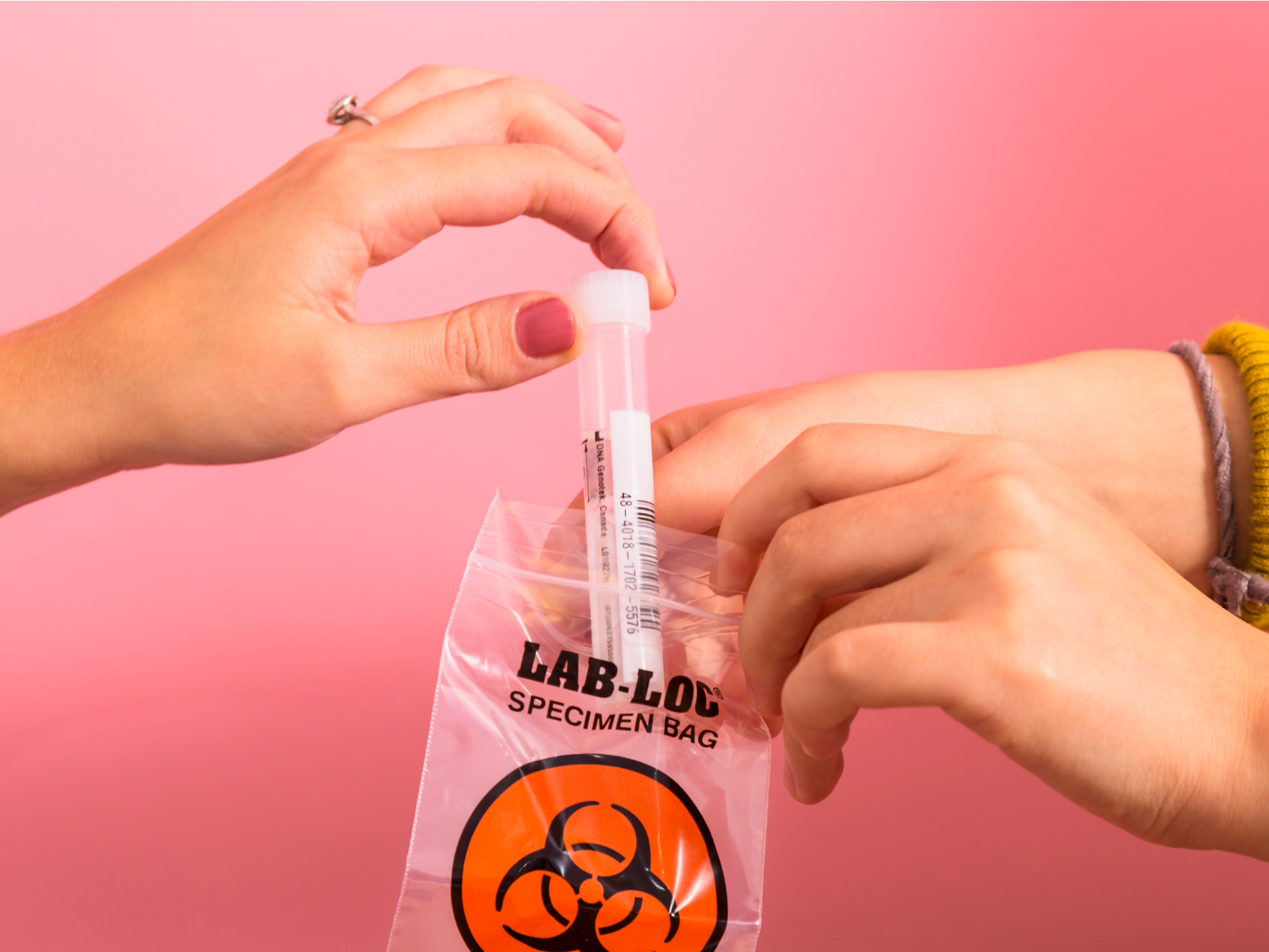- I tried DNA tests from 23andMe, Ancestry, and National Geographic to learn about my family’s history and my health.
- The tests vary in terms of what information they provide and how precise they are.
- I’m often asked which test I’d recommend. My answer boils down to one question: What do you want to get out of the test?
- From migration patterns to how much DNA you have in common with a Neanderthal, here’s what you can learn from each report.
I’ve sent my spit off for more genetics tests than anyone else I know.
The tests analyzed the DNA in my saliva to find out a host of things about my ancestry and health.
Genetic testing companies have proprietary sets of data and various ways of analyzing information, so each one I tried offered a distinct approach. One provided details about my great-grand relatives, while others listed how much Neanderthal DNA I have.
Every so often, someone asks me which test I recommend. My answer boils down to one question: What do you want to get out of the test?
Here's a breakdown of the three direct-to-consumer tests I've taken: AncestryDNA, 23andMe, and National Geographic's Geno 2.0 test.
23andMe gave me a comprehensive picture of my health and ancestry that keeps growing
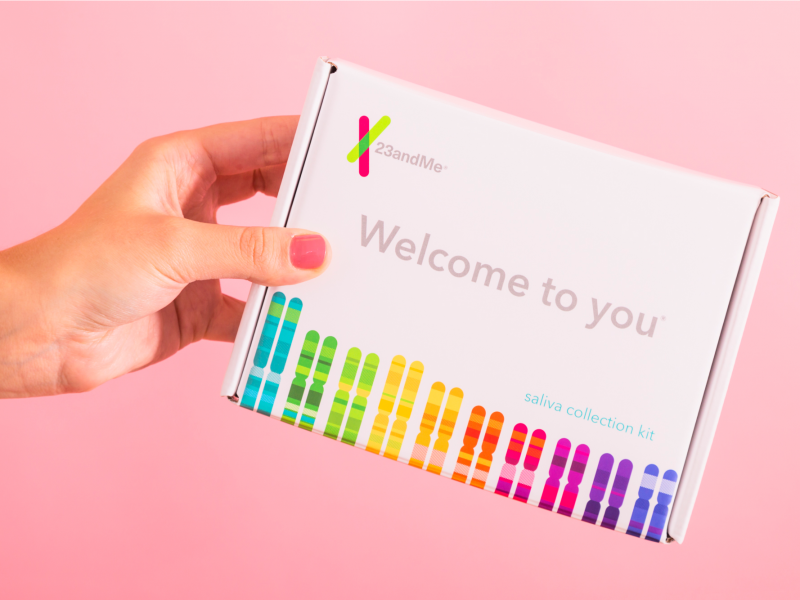
23andMe currently offers two versions of its test: The $199 version comes with health and ancestry components, whereas the $99 version just has the ancestry test.
To analyze your DNA, 23andMe uses a technique called genotyping. Humans have 3 billion base pairs of DNA in our genome - that's a lot of information to sift through - so genotyping technology looks for specific parts of DNA and pieces them together.
The health reports can tell you information about your physical traits (like if you're likely to have dimples or curly hair), wellness (such as how well you metabolize caffeine or if you're a sprinter), and carrier status for certain genetic mutations.
The FDA now allows 23andMe to provide reports on a person's genetic risk for certain diseases, including Alzheimer's, Parkinson's, and certain mutations associated with an increased risk for breast cancer. In total, the test currently has more than 80 reports, and more get added all the time. I often get emails telling me that a new test is ready for me - recently I got one that looks at my genetic risk for celiac disease.
With 23andMe's ancestry reports, users have access to information about their ancestry composition (which geographic regions your genes align with), haplogroups (genetic populations that share a common ancestor), and Neanderthal ancestry. Customers also get access to something called a DNA Relatives tool, which 23andMe users can opt into as a way to connect with other users in the system who might be relatives.
In February, 23andMe updated its ancestry reports to provide more specific regional information. My report used to specify just Scandinavian ancestry, but now pinpoints Norway as a country where my ancestors lived within the past 200 years. The company also maps out how many generations ago your ancestors may have lived in a particular region. For example, I may have had a Finnish ancestor sometime in the mid-to-early 1800s or late 1700s, while my French and German ancestors date even earlier.
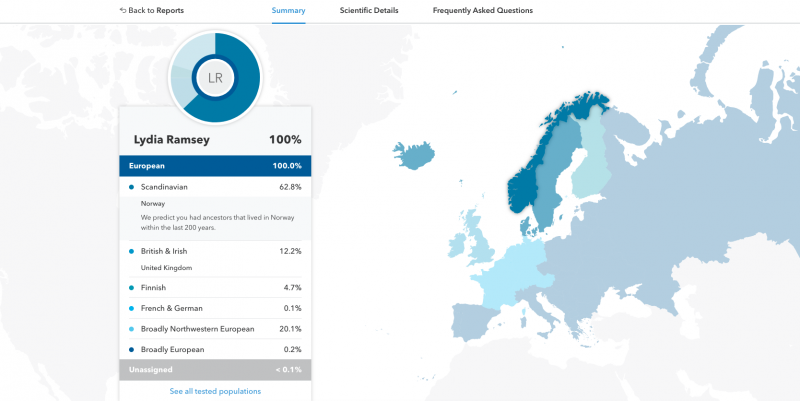
Verdict: If you're looking at this test as a science experiment, using it as a way to get involved in research, or viewing it as a chance to learn about your genetic health risks, then this is a fit for you. But if you opt for the full test, there are some considerations that patient groups and genetic counselors would like users to take into account.
If you just want to know your ancestry percentages - especially now that they're more exact - and how much Neanderthal variants you have, the $99 version is a good bet.
AncestryDNA connects the dots between you and your ancestors
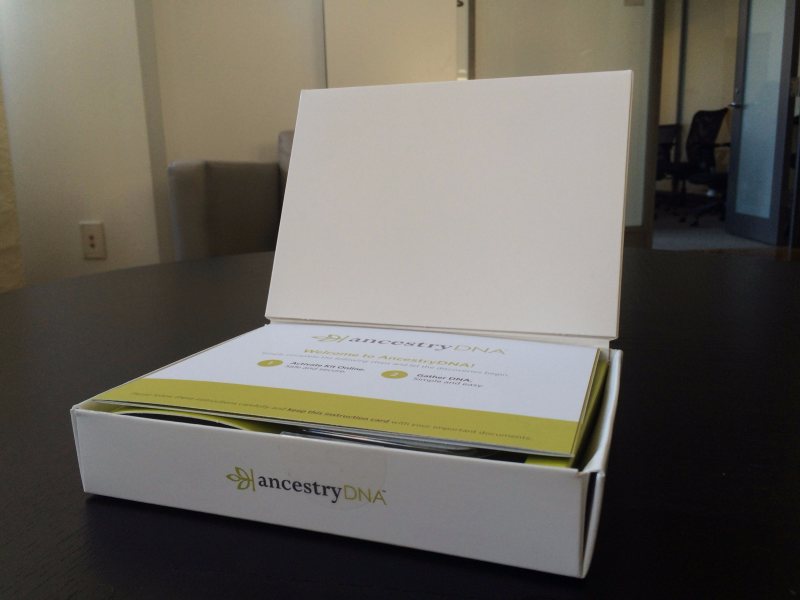 Foto: sourceLydia Ramsey/Business Insider
Foto: sourceLydia Ramsey/Business Insider
Ancestry's test, as its name suggests, is all about family histories and genealogy. You won't find health and wellness reports in its $99 test, but you will find information about where your family comes from and how that lineage connects you to potential ancestors.
Like 23andMe, Ancestry uses genotyping technology to analyze your DNA. The service also helps you link up your DNA test to a self-reported family tree.
There's a lot to discover within that data - for example, I was matched up with ancestors dating back to the 18th century, and could explore how I was connected to them.
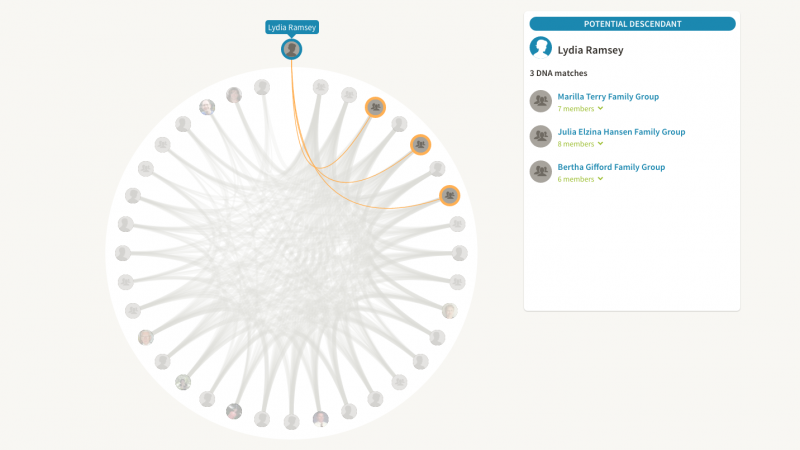
If you simply want to know, say, what percent Scandinavian you are, Ancestry's site makes it easy to focus on those numbers. Those who want to dig deep into family trees can do that as well. I would definitely consider purchasing this test for a relative who enjoys researching family history.
Ancestry has also added a DNA story element that maps out your ancestors' migration patterns. My ancestors started moving to the Midwest in the US around 1825-1850.
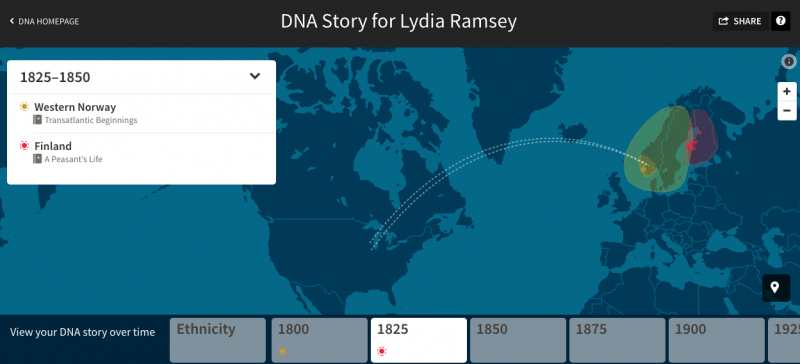
Verdict: If the idea of tracing your family tree through the generations and connecting with distant relatives gets you excited - but you're less interested in health information - this is the test for you.
National Geographic's test uses next-generation sequencing technology to inform its reports
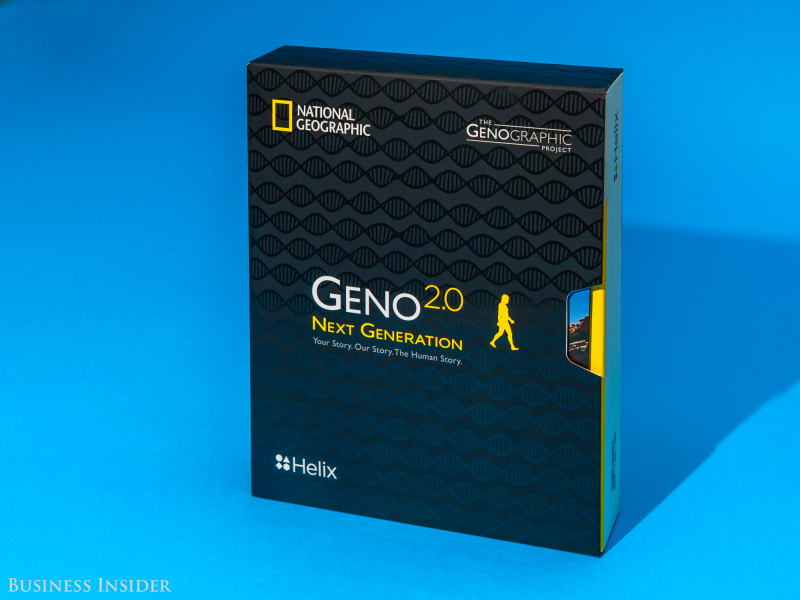
National Geographic has an ancestry test called Geno 2.0.
The test - which currently costs $99.95 but originally was $199.95 - is different from AncestryDNA and 23andMe in that it uses next-generation sequencing instead of genotyping technology.
Unlike genotyping, which looks for specific parts of DNA and pieces them together, next-generation sequencing looks at only the protein-encoding parts of your genome, called the exome. The next-generation sequencing analyzes roughly 2% of those 3 billion base pairs.
Based on next-generation sequencing, National Geographic's test provides three ancestry reports:
- Regional, which tells you where your ancestors came from more than 500 years ago. (This didn't get into as many specifics in my case as AncestryDNA and 23andMe's tests did.)
- Deep, which shows your ancestors' migration patterns thousands of years ago.
- Hominin ancestry, which tells you how much DNA you have in common with a Neanderthal.
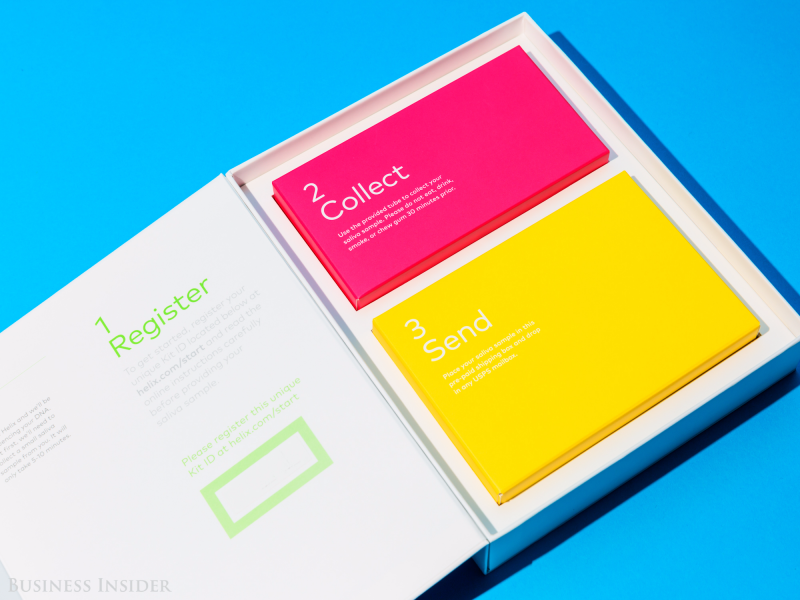
The next-generation sequencing technique is also promising becuase it picks up additional information that could lead to more specific genetic-testing features in the future, especially as our knowledge of the genome and exome continues to grow.
The verdict: For what you get, the test doesn't have nearly the range that other ancestry tests have. And when not on sale, it's more expensive. National Geographic, however, says the revenue funds nonprofit "conservation, exploration, research, and education" efforts.
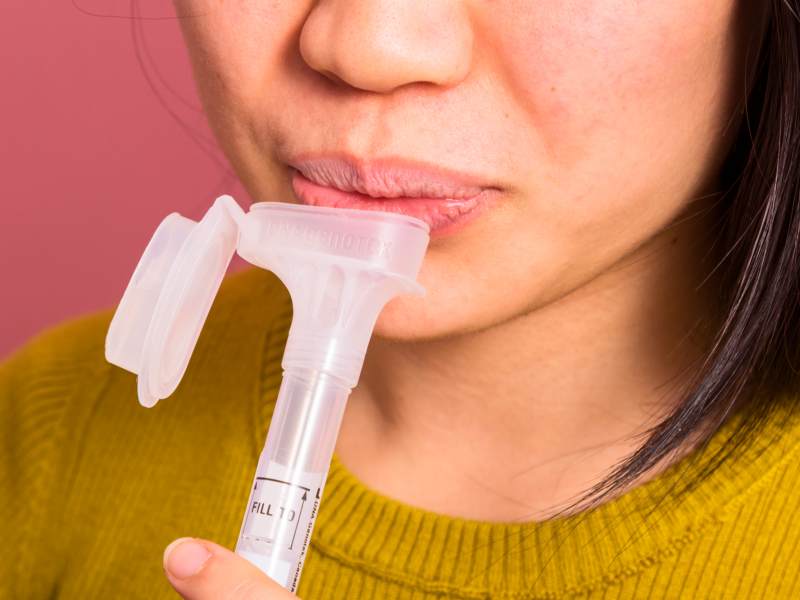
Privacy considerations
Another factor to consider when deciding which DNA test to take is the issue of privacy. The tests do, after all, deal with information that's fundamental and unique to every individual.
In a blog post published in December 2017, the FTC recommended reading the fine print.
"If you're thinking about buying an at-home DNA test kit, you owe it to yourself - and to family members who could be affected - to investigate the options thoroughly," it says.
James Hazel, a post-doctoral research fellow at Vanderbilt University's Center for Biomedical Ethics and Society, has been looking into the privacy policies of consumer genetics tests. He said the FTC's suggestion is very important.
"We are good at clicking 'agree' and not reading the terms of service," he told Business Insider in December.
Questions to keep in mind when reading through the terms of service include:
- Who owns your DNA?
- Who gets to see your de-identified (not attached to your name) information?
- How is the data that's tied to your identifiable information used?
- Can you opt out of giving research partners your genetic data?
- Can you wipe your information after taking a test?
 Foto: sourceHollis Johnson/Business Insider
Foto: sourceHollis Johnson/Business Insider
There are other ancestry tests I have yet to try
The DNA-testing field is exploding. In the past few years, the number of people taking DNA tests has spiked - in total, more than 12 million people have now had their DNA sequenced, and almost 10 million of those tests happened since 2016.
So a growing number of tests are emerging that I haven't had a chance to try yet. For example, MyHeritage has a DNA test that's currently going for $49 (originally $99). Its tests, like Ancestry's, are focused on building family connections and trees.
Others tests, like those of FamilyTree DNA (which offers tests from $59), are also geared toward people who want to find genetic links to relatives.
Each company has its own methods, algorithms, and data, which is why the reports differ. Because the three main direct-to-consumer genetics tests are around the same price, you should go with the one that will answer your most pressing questions.
This post was originally published in April 2017 and has been updated.

